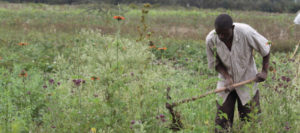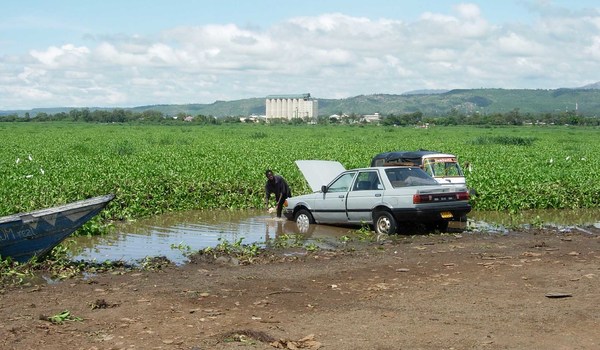By Sam Otieno
The irreversible threats of what scientists call Invasive Alien Species (IAS) to natural ecosystem and well-being of people could worsen, if no sustainable action is implemented immediately in the sub-Saharan region, say experts.
IAS are animals and plants that become established in a new environment, then flourish and spread in ways that are harsh to biodiversity and human interests.
This was discussed during a stakeholder’s workshop held in Nairobi, organized by International Centre of Insect Physiology and Ecology in collaboration with Centre for Agriculture and Biosciences International (CABI), International Institute of Tropical Agriculture and Swiss Agency for Development and Cooperation.
Dennis Rangi, Director General of CABI, Kenya, expounding on the effects invasive species said they were found in the taxonomic hierarchy of organisms like fungi, ferns, viruses, mammals, algae, reptiles, and fish. However, its spread has increased due to the continuous globalization caused by increasing trade, travel, and transport of goods across borders hence contributing to negative impacts.

“People tend to introduce IAS to feed the ever growing population not analyzing the huge cost and risks that will occur upon the introduction, hence there is need of developing holistic solutions that consider the potential implications of all interventions in all sectors,” explained Rangi.
Hiver Boussini, animal health officer at the African Union Inter-African Bureau for Animal Resources (AU-IBUR), Kenya tells Talk Africa, IAS causes severe losses in the agriculture, livestock sector which are vital for the people of Africa.
“IAS is responsible for tremendous economic losses. For example loss in forest and agricultural productivity, spread of diseases that impact animals, humans like malaria, hemorrhagic fever due to arboviruses, phleboviruses such as RVF, West Nile, dengue, giant hogweed’s toxic sap which cause burns to skin, opuntia’s thorns cause abscesses in the stomachs of the livestock who eat them,” said Boussini.
According to Arne Witt, Regional Coordinator of invasive species at CABI, livestock production, and productivity is affected when invasive weeds invade main grazing land. Farmers are driven into marginal areas, use pasture beyond its capacity, or have to take their herd’s long distances to find fodder.
“Hence lead to conflicts, social instability, poverty between communities, due to competition for access to resources and fear of the plant and disease spreading across the area,” says Witt.
Bruce Anani, an Agricultural entomologist at International Maize and Wheat Improvement Center, Kenya tells Talk Africa that IAS is a threat in the region, however, the government should implement viable strategies and solutions like the use of chemicals which are less hazardous.
“The region should invest in monitoring, surveillance and scouting mechanism that will help early detection of IAS by the farmers and take a reasonable action plan,” says Anani. He called on building capacity to the farmers, scientists, extension officers and developing a portal that will contain IAS and ways to manage them, hence boosting the sharing of information.














